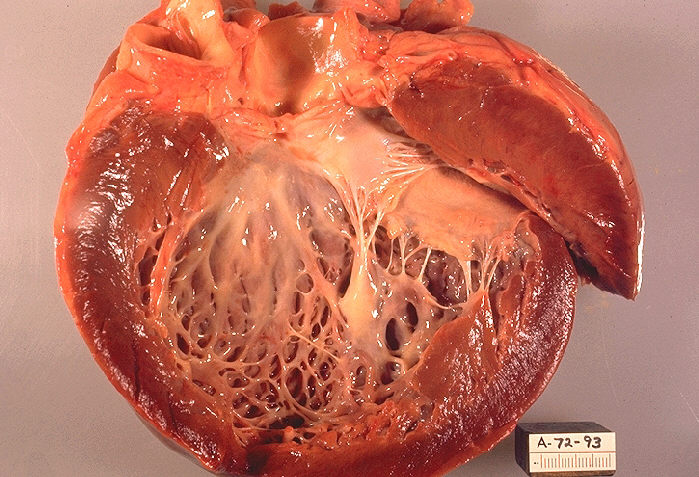| CT scan of the head of a man with multiple myeloma. There is a lesion in the left temporal bone (red arrows) consistent with multiple myeloma. Green arrows show a normal facial nerve canal. Photo: radpod.org |
Geraldine Ferraro, the first woman to be U.S. vice presidential candidate for a major party, died March 27th of complications from multiple myeloma, a type of incurable blood cancer. If you haven't heard of multiple myeloma, you're not alone: many news reports have simply said that Ferraro died of blood cancer without specifying the specific disorder. If she had died of leukemia, the most common cancer of the blood, they certainly would have mentioned it because that's a disease most people are familiar with.
Although multiple myeloma is not as well known as leukemia, it starts in the same place: plasma cells, which become white blood cells. In multiple myeloma abnormal plasma cells form and multiply, accumulating in the bone marrow and crowding out normal cells. The myeloma may collect in the marrow of a number of different bones, which is what the "multiple" part of the disease's name means. In addition, myeloma cells may collect in organs of the body.
Geraldine Ferraro, who was 75, died at Massachusetts General Hospital in Boston, where she was receiving treatment. She was Walter Mondale's vice presidential nominee in 1984, and had suffered from multiple myeloma for 12 years. She was involved in campaigning for greater funding and new treatments for the disease, and was an honorary board member of the Multiple Myeloma Research Foundation (MMRF). Before being named VP candidate, Ferraro had been a member of the U.S. Congress from New York City and had served as a criminal prosecutor in Queens.
Find out more about multiple myeloma at the Medicine.net article here or at MayoClinic.org (both written for the lay reader).
